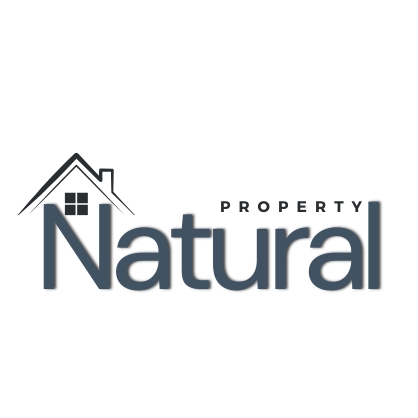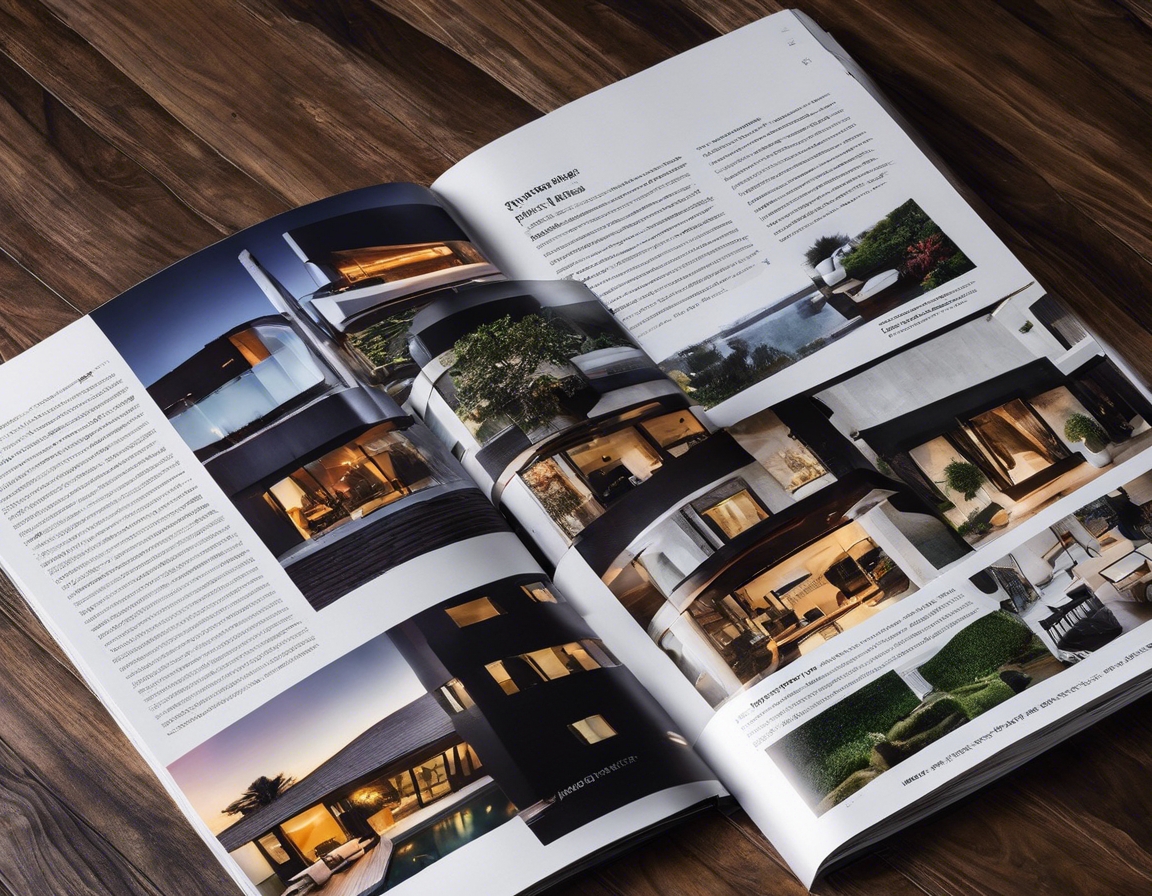The future of sustainable living spaces
Sustainable living refers to a lifestyle that attempts to reduce an individual's or society's use of the Earth's natural resources, and one's personal resources. It's about living in a way that is conducive to the longevity of the Earth and its ecosystems.
As the world grapples with climate change and environmental degradation, the real estate sector is increasingly focusing on sustainability. Sustainable living spaces are not just a trend; they are essential for the future health of our planet and for the well-being of its inhabitants.
Key Features of Sustainable Living Spaces
One of the cornerstones of sustainable living spaces is energy efficiency. This includes the use of energy-efficient appliances, LED lighting, and smart thermostats. Additionally, the integration of renewable energy sources like solar panels and wind turbines is becoming increasingly common in sustainable living spaces.
Water is a precious resource, and sustainable living spaces are designed to minimize water usage. This can be achieved through low-flow fixtures, rainwater harvesting systems, and water-efficient landscaping.
Using sustainable building materials that are non-toxic, recycled, or rapidly renewable contributes to the overall sustainability of living spaces. Moreover, construction practices that reduce environmental impact, such as modular construction and on-site waste management, are key components of green building.
Effective waste management systems are integral to sustainable living. This includes composting organic waste, recycling programs, and designing spaces that encourage minimal waste production.
Indoor environmental quality is critical for occupant health. Sustainable living spaces prioritize natural light, use low-VOC materials, and ensure proper ventilation to create a healthier living environment.
Technological Innovations Driving Sustainable Living
Smart home technologies allow residents to monitor and control their home's energy consumption, water usage, and even air quality, often through a single integrated system.
Green infrastructure, such as green roofs and walls, and urban planning that promotes walkability and cycling, are essential for creating sustainable communities.
New building techniques, such as 3D printing and prefabricated construction, are not only more efficient but also reduce the carbon footprint associated with traditional construction methods.
Challenges and Considerations
While sustainable living spaces can be more cost-effective in the long run, the initial investment is often higher than traditional construction. This can be a barrier for some investors and homeowners.
Navigating the complex landscape of building codes, zoning laws, and sustainability certifications can be challenging for developers and builders.
Building a market for sustainable living spaces requires educating consumers about the benefits and long-term savings associated with sustainable living.
Investing in Sustainable Living Spaces
Investing in sustainable living spaces is not only good for the environment but also offers long-term value and a strong return on investment due to lower operating costs and increasing demand.
The market for sustainable living spaces is growing rapidly, driven by consumer demand, environmental awareness, and the desire for healthier living environments.
NATURAL PROPERTY OÜ is at the forefront of developing sustainable living spaces that meet the needs of environmentally conscious investors, young professionals, and businesses. By focusing on innovative design, energy efficiency, and green construction, NATURAL PROPERTY OÜ is setting the standard for the future of real estate.






Comments (0)